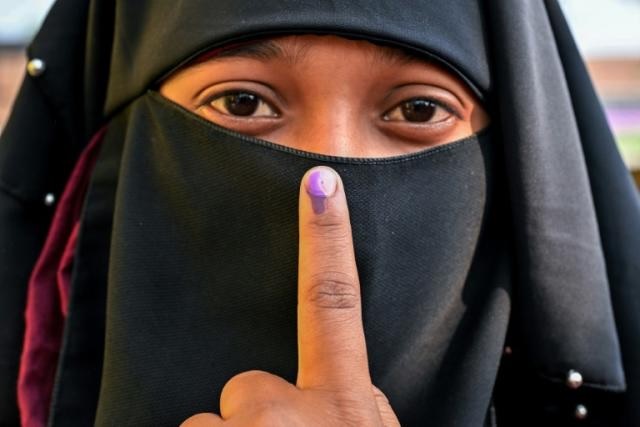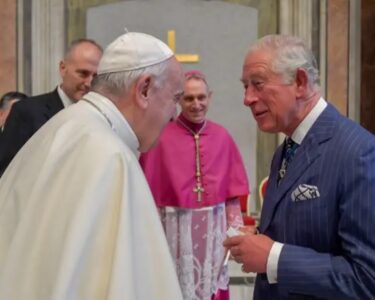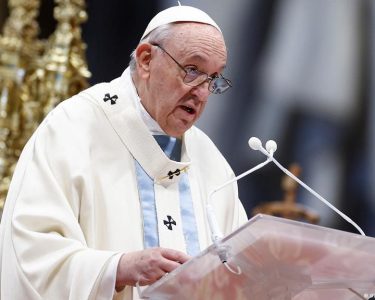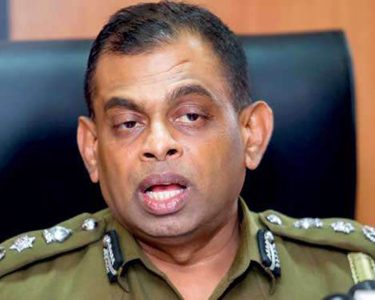India held the second phase of the world’s biggest election on Friday, with Prime Minister Narendra Modi and his rivals hurling accusations of religious discrimination and threats to democracy amid flagging voter turnout.
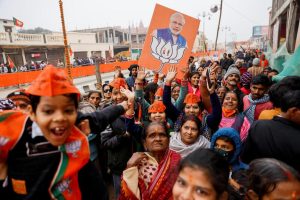
Almost one billion people are eligible to vote in the seven-phase general election that began on April 19 and concludes on June 1, with votes set to be counted on June 4.
Modi is seeking a record-equalling third straight term on the back of his economic record, welfare measures, national pride, Hindu nationalism and personal popularity. Surveys suggest he will easily win a comfortable majority.
Lasting for more than two months, nearly one billon adults are able to choose who they want in charge of the country for the next five years.
From huge cities to tiny villages, at least one polling booth is set up within two kilometres of every eligible voter.
After people vote, they are marked with ink that stays for about two weeks to prevent them voting again.
Voter turnout around the halfway mark was 39%, an Election Commission (EC) spokesperson said. The EC and political parties were concerned that unseasonably hot weather, and weddings in some parts of the country, would affect turnout.
HEATED CAMPAIGN
More than half of the seats in Friday’s contests were in the southern states of Kerala and Karnataka and the northwestern state of Rajasthan.
The campaign has become more heated since the first phase of voting on April 19 as Modi and the main opposition Congress party have faced off on communal issues with Modi accusing Congress of favouring minority Muslims, aiming to dilute affirmative action and planning to impose an inheritance tax



